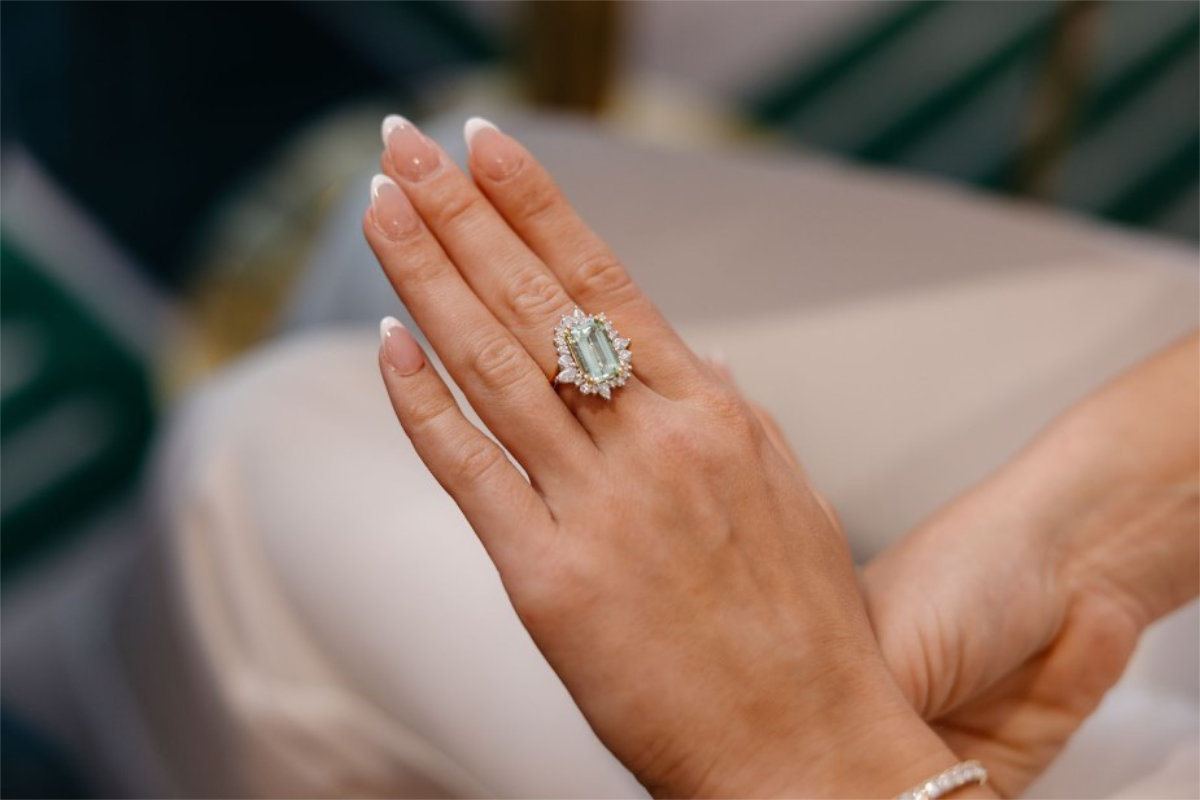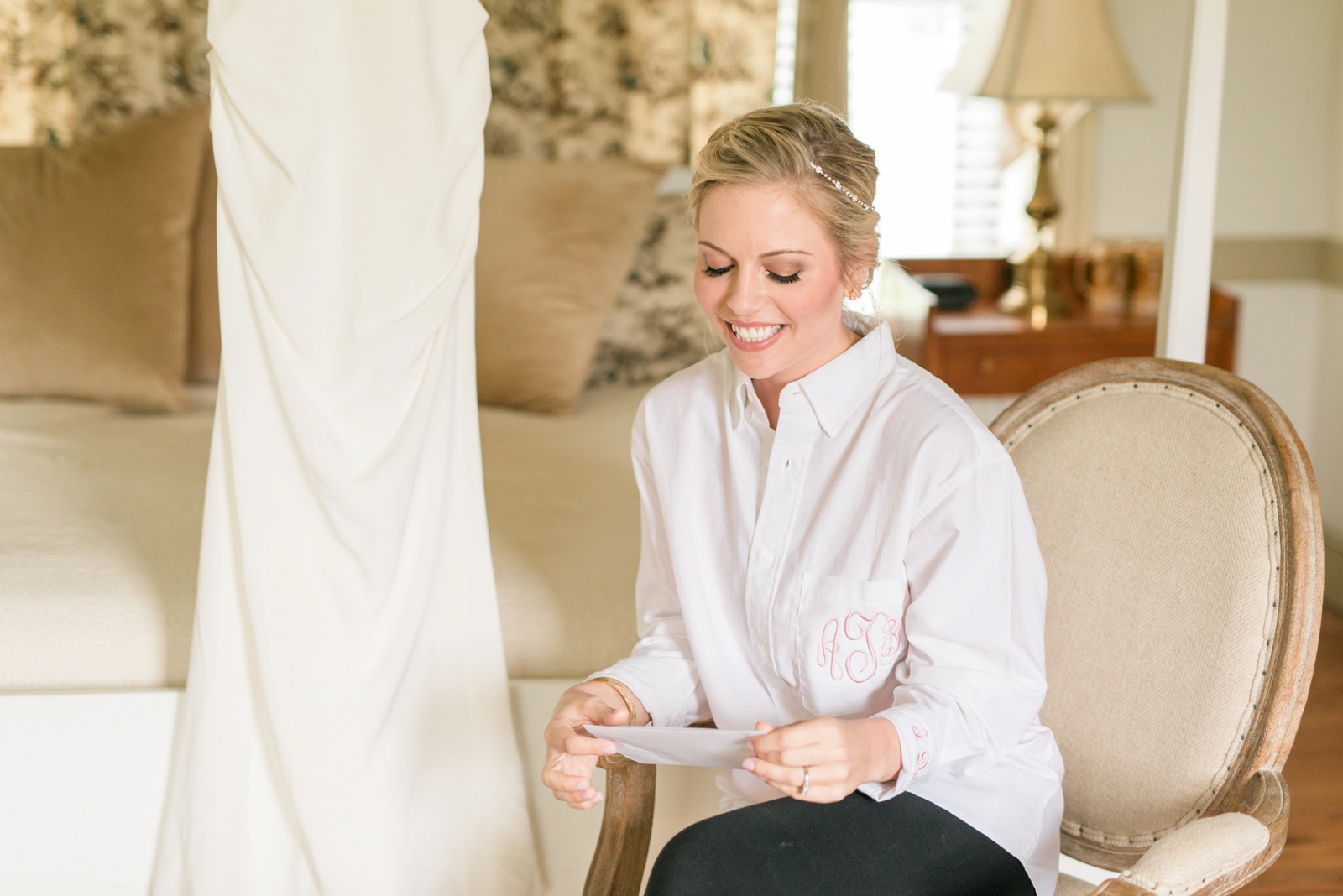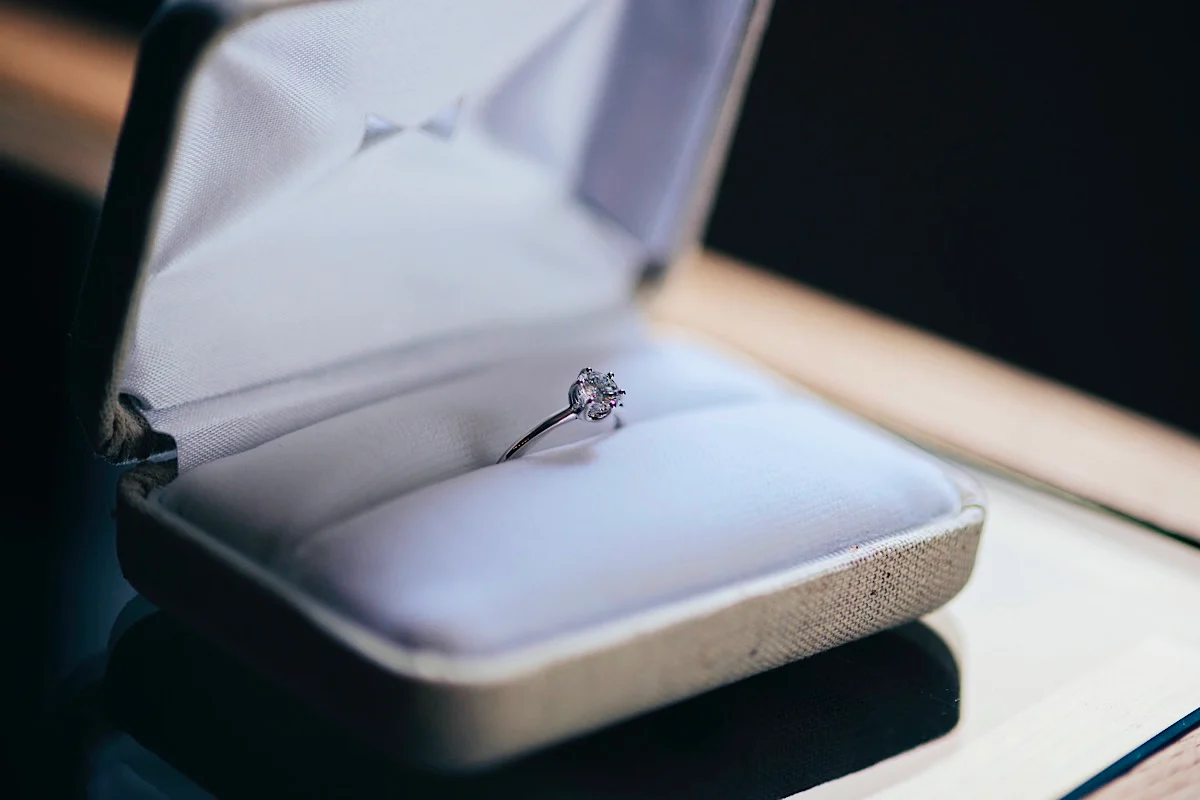The Evolution of Engagement Rings: A Symbol of Love Under Scrutiny
Engagement rings have long been a shimmering symbol of commitment, but today’s rings are bigger, bolder, and pricier than ever. Yet, paradoxically, many people are wearing them less frequently. This article dives into the trends driving the size and cost of engagement rings, explores why their daily wear is declining, and offers practical insights for couples navigating this sparkling dilemma. Drawing from personal stories and the latest data, we’ll uncover the cultural, economic, and lifestyle shifts behind this phenomenon.
The Rise of Bigger, Bolder Engagement Rings
Engagement rings have grown in both size and price tag over the past decade. According to The Knot’s 2023 Jewelry and Engagement Study, the average cost of an engagement ring in the U.S. is around $5,500, though high-end purchases often exceed $10,000. Larger stones and intricate designs are fueling this trend, but what’s driving the demand for these showstoppers?
The Influence of Social Media and Celebrity Culture
Platforms like Instagram and Pinterest have turned engagement rings into status symbols. Celebrity engagements, like Zendaya’s collet-set stunner, inspire couples to seek eye-catching designs. The pressure to share a “perfect” ring photo online pushes buyers toward larger, more photogenic stones.
Data on Rising Costs
A 2025 study by Estate Diamond Jewelry pegs the average engagement ring budget at $8,580, up from $7,400 in 2019. This increase reflects a preference for quality craftsmanship and unique designs, with 85% of buyers choosing natural diamonds for their durability and investment value. BriteCo notes fancy colored diamonds average $23,525, showcasing the premium on bold choices.
Popular Styles Driving the Trend
- Oval and Marquise Cuts: Oval shapes have surged 23% in popularity since 2015, per The Knot. Marquise cuts are also trending for their elongated, dramatic look.
- Collet and Bezel Settings: These modern-vintage hybrids frame stones in sleek metal, offering a bold aesthetic.
- Lab-Grown Diamonds: Cheaper by 50% or more, lab-grown stones allow for larger carats without breaking the bank.
| Ring Feature | Popularity | Average Cost | Why It’s Trending |
|---|---|---|---|
| Oval Cut | 25% of rings | $6,000–$10,000 | Elongates fingers |
| Lab-Grown Diamond | 15% of rings | $3,000–$5,000 | Budget-friendly |
| Collet Setting | 10% of rings | $7,000–$12,000 | Vintage-modern appeal |
Why Are Engagement Rings More Expensive?
The cost of engagement rings has climbed due to a mix of economic, cultural, and market factors. While the traditional “three months’ salary” rule is fading, couples are still investing heavily in rings that reflect personal style and values. Let’s break down the key drivers.
Economic Factors and Market Dynamics
Rising costs of natural diamonds, coupled with demand for ethical sourcing, have pushed prices upward. BriteCo reports a 2025 average of $6,504, down from a 2022 peak of $9,025, reflecting cyclical consumer spending. However, high-end buyers in urban areas like New York often spend $7,000–$10,000 due to higher incomes and cultural expectations.
The Role of Customization
Customization is booming, with 40% of rings featuring personalized elements like unique cuts or engravings, per Gitnux. This trend adds to costs but ensures rings feel one-of-a-kind. Couples are also opting for responsibly sourced materials, which can carry a premium.
Lab-Grown vs. Natural Diamonds
Lab-grown diamonds are a game-changer, costing 50% less than natural stones. Yet, their resale value is lower, prompting some buyers to stick with natural diamonds for long-term investment. Colored gemstones like sapphires, chosen by 15% of buyers, offer a unique, often pricier alternative.
| Stone Type | Average Cost | Pros | Cons |
|---|---|---|---|
| Natural Diamond | $6,500–$10,000 | Holds value, durable | Expensive, ethical concerns |
| Lab-Grown Diamond | $3,000–$5,000 | Affordable, ethical | Lower resale value |
| Sapphire | $5,000–$9,000 | Unique, colorful | Less traditional |
The Decline in Wearing Engagement Rings
Despite their rising cost and size, engagement rings are being worn less frequently. WedPrepPro highlights a “perplexing decline” in daily wear, with many citing practicality, lifestyle changes, and shifting cultural attitudes. So, why are these sparkling investments spending more time in jewelry boxes?
Practicality and Lifestyle Concerns
Modern lifestyles often clash with wearing large, expensive rings daily. From gym sessions to parenting duties, many find rings cumbersome or risky. I remember a friend, Sarah, who stopped wearing her 2-carat diamond ring after it snagged her scrubs during her nursing shifts. “It’s too precious to risk,” she said.
Fear of Loss or Damage
Engagement rings averaging 1–2 carats (Gitnux) are valuable assets. Fear of losing or damaging them—especially during travel or manual work—leads many to leave them at home. Insurance costs, averaging $1–$2 per $100 of ring value annually, add another layer of concern.
Minimalist and Casual Trends
The rise of minimalist fashion favors simpler jewelry. The Knot notes that 30% of couples opt for plain wedding bands, reflecting a shift toward understated elegance. Younger generations, like Gen Z, prioritize experiences over flashy displays, often choosing not to wear rings daily.
Cultural Shifts in Symbolism
The traditional view of engagement rings as a must-wear symbol is waning. Jewelers Mutual found that 46% of couples shop for rings together, signaling a move away from conventional secrecy and toward shared decision-making. This openness extends to wearing habits, with many viewing rings as optional rather than obligatory.
Generational Differences
- Millennials (born 1981–1996): Spend ~$4,800 on rings, prioritizing experiences like travel over daily wear.
- Gen Z (born 1997–2012): Lean toward budget-friendly options ($1,000–$4,000) and wear rings sporadically to match casual lifestyles.
Comparing Wearing Habits Across Generations
| Generation | Average Ring Cost | Wearing Frequency | Primary Reason |
|---|---|---|---|
| Millennials | $4,800 | Occasional | Lifestyle demands |
| Gen Z | $2,500–$4,000 | Rarely | Minimalist trends |
| Gen X | $6,000–$8,000 | Frequent | Traditional values |
Pros of Wearing Less:
- Protects valuable rings from damage.
- Aligns with minimalist, practical lifestyles.
- Reduces stress about loss or theft.
Cons of Wearing Less:
- Diminishes the ring’s symbolic role.
- May disappoint partners expecting daily wear.
- Expensive rings feel underutilized.
Personal Stories: The Emotional Side of the Trend
Last year, I attended a friend’s engagement party where the bride-to-be, Emma, proudly showed off her oval-cut ring. But a few months later, she confessed she rarely wore it. “I love it, but it feels like a target on my finger,” she said, citing safety concerns in her busy urban life. Emma’s story isn’t unique—many couples grapple with balancing sentimentality with practicality. Another friend, Jake, designed a custom ring for his fiancée but noticed she only wears it for special occasions. “It’s more about what it represents than wearing it 24/7,” he reflected.
These stories highlight a broader shift: engagement rings are becoming less about daily display and more about milestone moments. The emotional weight of the ring remains, but its role is evolving.
People Also Ask (PAA)
What is the average cost of an engagement ring in 2025?
The average cost is around $6,504, per BriteCo, though it varies by region and stone type. Lab-grown diamonds cost less ($3,000–$5,000), while fancy colored diamonds can reach $23,525.
Why are engagement rings getting bigger?
Larger stones, like 1–2 carat diamonds, are popular due to lab-grown options and social media influence. Couples want bold, photogenic designs that stand out.
How often do people wear engagement rings?
About 85% of engaged women wear rings, per Gitnux, but daily wear is declining due to practicality, safety concerns, and minimalist trends.
Are lab-grown diamonds a good choice?
Lab-grown diamonds are ethical and budget-friendly but have lower resale value. They’re ideal for those prioritizing size and cost over long-term investment.
Where to Buy Engagement Rings in 2025
For those ready to shop, online and in-store options abound. Here are top recommendations based on budget and style:
- Online Retailers: Blue Nile and James Allen offer customizable lab-grown and natural diamond rings with virtual try-ons. Prices range from $1,000–$15,000.
- Local Jewelers: Stores like Shane Co. provide personalized service and ethical sourcing. Expect to spend $5,000–$10,000 for quality designs.
- Vintage Shops: For unique, eco-friendly options, try 1stDibs for pre-owned rings starting at $2,000.
Transactional Tip: Use sites like The Knot for deals on certified diamonds or check JewelCover for vintage-inspired designs.
How to Balance Cost, Style, and Wearability
Choosing an engagement ring that’s both stunning and practical requires strategy. Here’s how to navigate the process:
- Set a Budget: Align with your financial goals. Fiscal Report notes 33% of couples spend $1,000–$4,000, prioritizing affordability.
- Consider Lifestyle: Opt for durable settings like bezel or low-profile prongs if you’re active. Martha Stewart highlights collet settings for their sleek, snag-free design.
- Explore Alternatives: Sapphires, moissanite, or lab-grown diamonds offer beauty at a lower cost. VogueBallroom reports 26% of buyers choose moissanite for its sparkle.
FAQ
Why are engagement rings so expensive now?
Rising costs stem from demand for larger stones, customization, and ethical sourcing. Natural diamonds and unique designs drive prices up, with averages at $6,504 in 2025.
Should I wear my engagement ring every day?
It depends on your lifestyle. If you’re active or work with your hands, consider wearing it for special occasions to avoid damage or loss.
Are bigger engagement rings worth it?
Bigger rings make a statement but may be less practical for daily wear. Lab-grown diamonds offer size without the high cost, ideal for bold looks.
Where can I find affordable engagement rings?
Online retailers like Blue Nile or James Allen offer budget-friendly options starting at $1,000. Vintage shops like 1stDibs provide unique, pre-owned rings.
What’s the most popular engagement ring style in 2025?
Round and oval cuts dominate, with white gold and prong settings leading, per The Knot. Collet and bezel settings are also trending for their modern-vintage appeal.
A Final Reflection: Redefining the Engagement Ring’s Role
A few years ago, I watched my cousin agonize over choosing the “perfect” ring for his fiancée. He spent months researching, finally selecting a 1.5-carat oval diamond that sparkled like a star. But when I saw her recently, the ring was tucked away, replaced by a simple band. “It’s too much for everyday life,” she laughed. Her story reflects a broader truth: today’s engagement rings are less about constant wear and more about capturing a moment. As rings grow bigger and pricier, they’re becoming cherished heirlooms rather than daily accessories. So, whether you’re splurging on a showstopper or opting for a minimalist band, choose what feels right for your love story. After all, it’s the commitment—not the carat—that truly shines.
Sources: The Knot’s 2023 Jewelry and Engagement Study, Estate Diamond Jewelry 2025, BriteCo 2025, Gitnux 2025, Martha Stewart, Fiscal Report, WedPrepPro, Jewelers Mutual, VogueBallroom.



